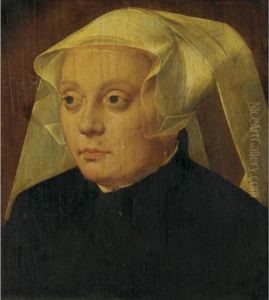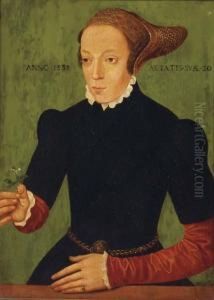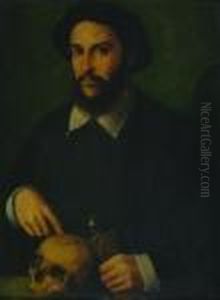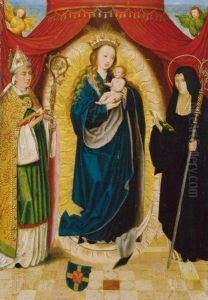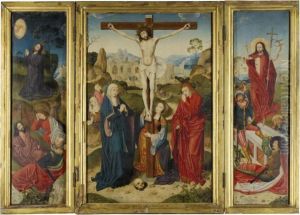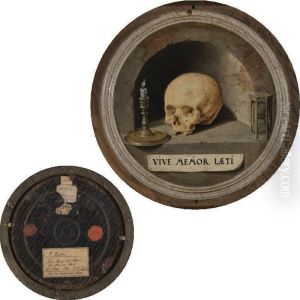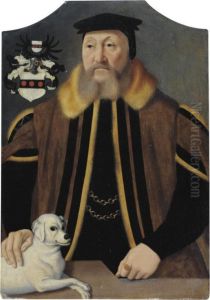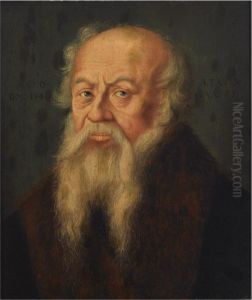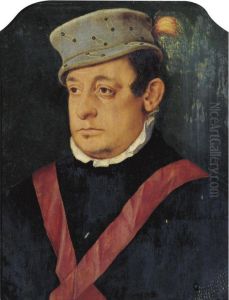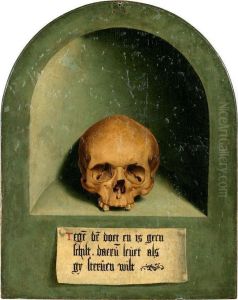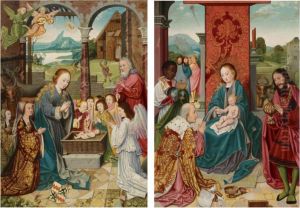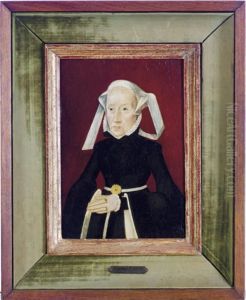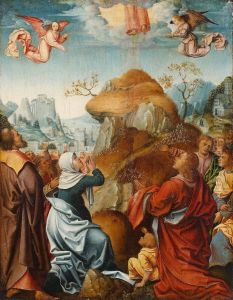Bartholomaeus I Bruyn Paintings
Bartholomaeus Bruyn the Elder, born in 1493 in Wesel, Duchy of Cleves (now in modern-day Germany), was a prominent German painter of the Renaissance period. He is best known for his detailed and refined portraits, which have been celebrated for their meticulous execution and the insight they provide into the lives of the 16th-century German bourgeoisie and nobility.
Bruyn established his workshop in Cologne around 1515, where he became the city's foremost portrait painter. His work was highly sought after by the affluent citizens of Cologne, as well as by the ecclesiastical and secular leaders of the time. Bruyn's portraits are notable for their sophisticated use of color and detail, as well as for the psychological depth he brought to his depictions of sitters. Beyond portraiture, Bruyn also engaged in religious commissions, producing altarpieces and other church decorations that reflect the religious fervor of the era.
Throughout his career, Bruyn trained numerous apprentices, thereby exerting a significant influence on the development of portrait painting in the Rhineland. His sons, Bartholomaeus Bruyn the Younger and Arnt Bruyn, followed in his footsteps, continuing the family tradition of painting.
Bartholomaeus Bruyn the Elder's legacy is preserved in numerous collections and museums across Europe. His work not only provides a window into the societal norms and fashions of the 16th century but also highlights the transition in German art from the late Gothic to the Renaissance style. Bruyn died in Cologne in 1555, leaving behind a body of work that continues to be studied and admired for its contribution to the Renaissance movement in Northern Europe.
